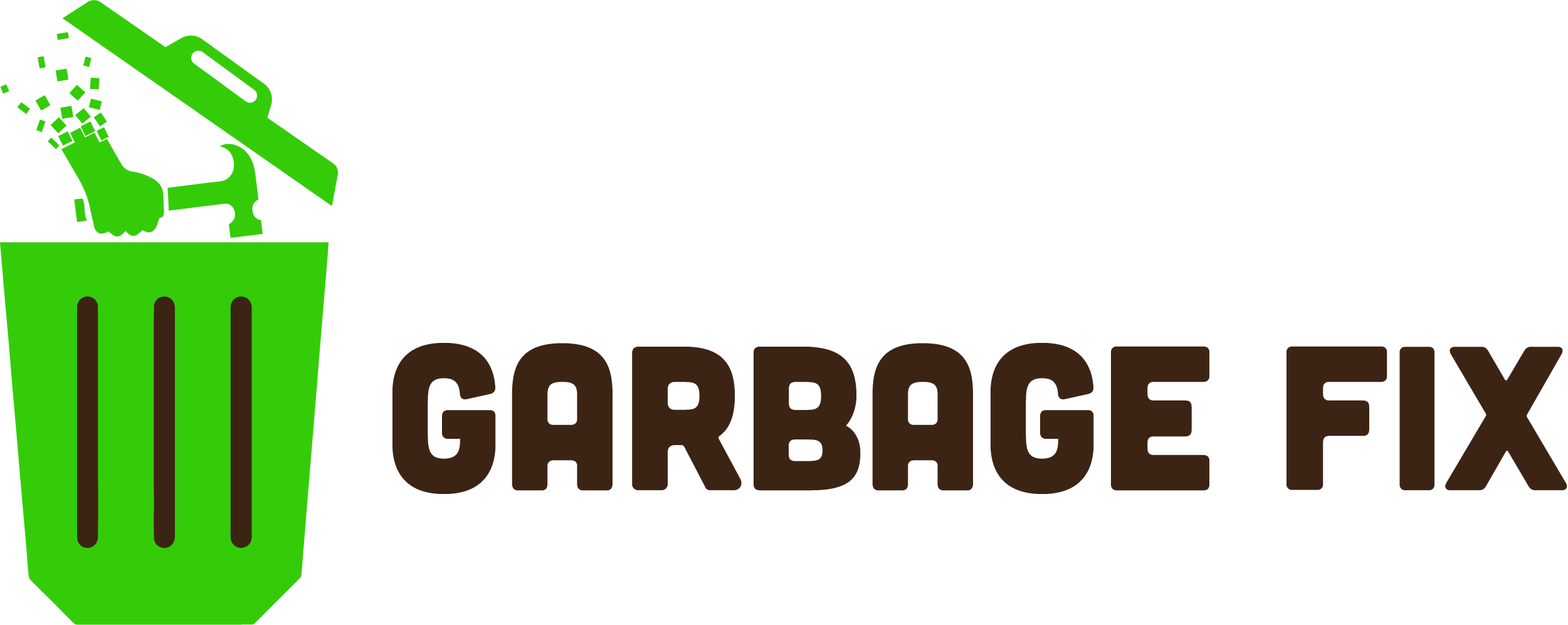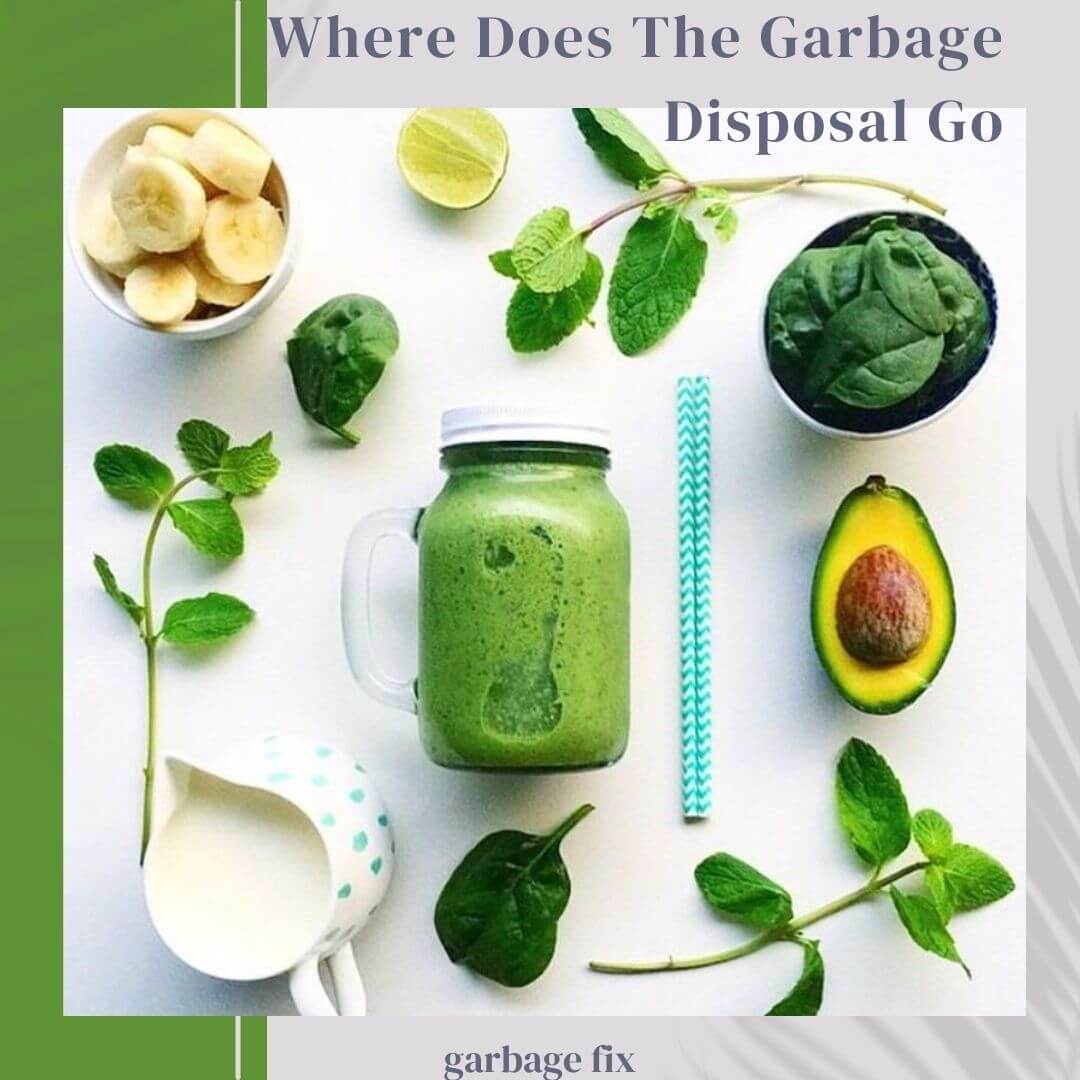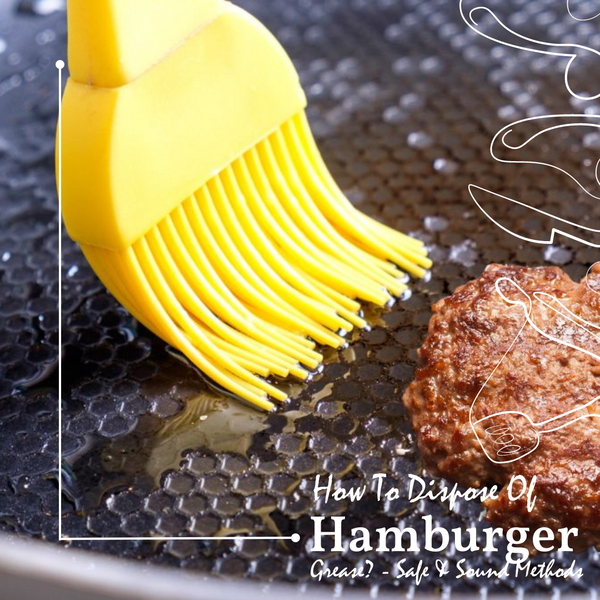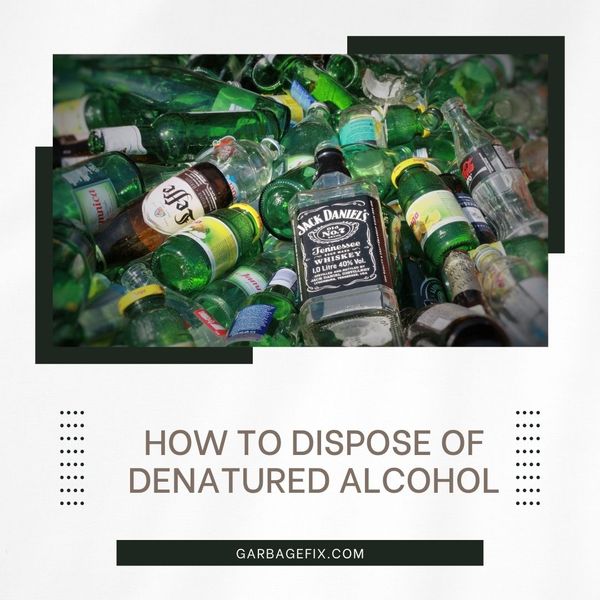The main function of garbage disposal is to grind food waste into small particles that are then flushed down the drain.
The answer to this question is more complex than you might think. Many different answers depend on what type of garbage disposal you have and what kind of materials are being used by local municipalities.
Occasionally, your garbage disposal will grind liquid or solid waste and flush it down the drainpipe before reaching your septic tank or sewage treatment plant. However, you live in an area where local laws require special treatment for wastewater. In that case, your food scraps may not be sent directly down the drain but instead, be composted or turned into methane gas through anaerobic digestion.
Where Does All Garbage Disposal Go?

The garbage disposal has a plumbing pipe that runs directly to the sewer line. The pipes are usually 40 feet long to reach the main sewer line in your yard or street. This means any food waste that goes down garbage disposal ends up in a wastewater treatment facility or water treatment plant before being released into rivers or oceans.
Grinding Food By Rotating Blades
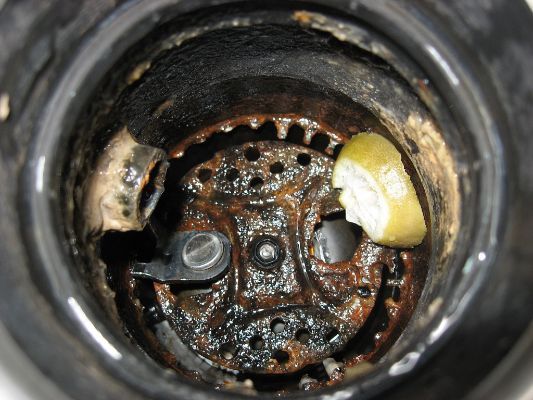
The garbage disposal works by grinding up food waste with rotating blades. When you turn on your sink’s faucet, the water flows into the drain pipe under pressure. As it rushes through this pipe, it creates suction in the above pipes. This suction pulls water out of your sink’s drain hole and into the below pipe.
When the water reaches your garbage disposal, it is pushed through its blades so that they can chop up any food particles that have been flushed down there. This process allows for easier food waste removal from your sink area when cleaning up after a meal.
Flows In Drainpipe

The shredded waste flows through the drainpipe and into the sewer system, where it is transported to a wastewater treatment plant.
At the wastewater treatment plant, the sewage goes through several stages of treatment to remove pollutants and contaminants:
- The sewage passes through screens to remove large debris such as paper and plastics.
- It is sent to a settling tank where the heavier solids settle to the bottom and are removed as sludge. The remaining liquid, called effluent, is treated with chemicals or biological processes to remove harmful bacteria and other contaminants.
- The treated effluent is released into a river or other body of water or reused for irrigation or other purposes.
In some areas, food waste from garbage disposals may be separated from other household waste and processed separately for use as compost or renewable energy source through anaerobic digestion. However, this process is uncommon in all regions and may depend on local regulations and infrastructure.
Types Of Models

Disposing Of Waste Material Options
In some areas, however, a sewer connection may not be available for your home. In these cases, there are options for disposing of waste.
- The first option is to use in-sink disposal and connect it directly to a septic tank or leach field. In some areas, this type of system is required by law.
- The second option is to use an air gap device. The air gap device lets you connect the disposal directly to the drain pipe without using any water — just like a clogged toilet!
Cautions While Disposing Of Waste Material In Garbage Disposal
If you have kids, you may worry about bits of plastic toys getting into the system and causing problems for wildlife or other people downstream who swim in or drink from those water bodies. But while this is possible, it's not likely — most cities have strict rules about what kinds of materials can get flushed down their drains.
In the United States, most garbage disposals are connected to a sewer line. When you turn on your disposal, it grinds food scraps and sends them through your plumbing system to the treatment plant.
Where is the garbage disposal hole?
The location of your garbage disposal's hole depends on whether your sink is top-mount or under-mount. If you have an under-mount sink, the cutting chamber will be located beneath it instead of behind it, as in top-mount sinks. The hole's location doesn't matter too much because you'll never see it anyway — the exterior wall of your house always covers it up.
Do you have to empty a garbage disposal?
It would help if you regularly emptied your garbage disposal to prevent any food waste buildup and keep it functioning properly. When you use your garbage disposal, the food waste is shredded into small pieces, which can accumulate over time and cause blockages or foul odors.
To prevent this, you should run the disposal regularly and always use plenty of water when running it. Additionally, you should avoid putting certain foods down the disposal, such as grease, bones, and fibrous vegetables like celery and onion skins, as these can also cause blockages. Finally, it would help if you periodically clean the disposal by grinding ice cubes and citrus peels, which can help remove any buildup and freshen it up.
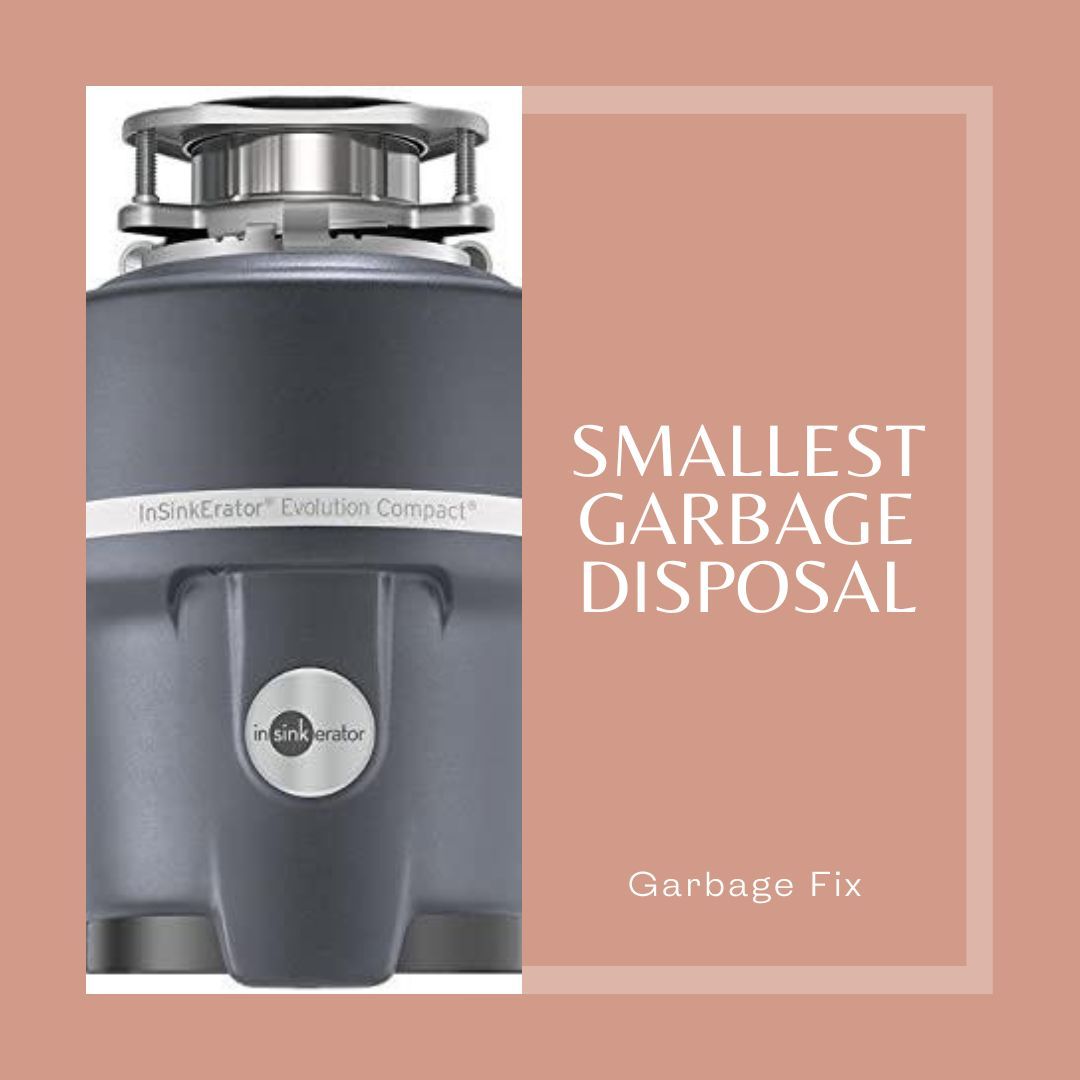
Do waste disposals protect the environment?
Waste disposals aren't as ecologically beneficial as people would think.
Although shredding food helps speed up the breakdown process, these wastes aren't being disposed of in a compost pile where they can decompose properly.
The remnants are usually hidden behind piles of other trash in landfills. If these wastes lack oxygen, they will release methane, a greenhouse gas that greatly contributes to climate change.
Waste from garbage disposals can also endanger the environment by releasing methane. A lot of water is wasted to get these leftovers to the water treatment facility through the sewage system.
If your waste is disposed of at a landfill close to water, it may also damage marine life and contaminate the ocean.
The good news is that garbage disposal solutions are just as practical and far more environmentally friendly.
Food waste in trash or garbage disposal
Always composting food waste is the greatest solution. Composting food scraps improves soil, produces garden fertilizer, and boosts plants' tolerance to drought.
Nevertheless, not everyone has a yard, and some of us lack the time or motivation to compost our food leftovers. If this is the case, you can think about seeing if there is a nearby company that would provide you with a little compost container and pick it up once a week, twice a week, or once a month.
If neither convenient nor an alternative, the best way to dispose of food leftovers is to drop them in the garbage disposal under the sink. Why? Food scraps are thrown away and taken to a landfill to degrade and release methane gas.
Although there are techniques for capturing these gases in landfills, they are not nearly as effective as those employed in wastewater treatment facilities.
Food waste processing plants provide wastewater to treatment facilities, where anaerobic digesters use it to create electricity or bio-fuels by capturing the methane gas produced during decomposition.
Winding Up
The main function of a garbage disposal system is to grind and blend leftover food, allowing it to pass through the plumbing system. This prevents waste build-up and protects the sewage system from clogging. It's an important part of the water and sewer infrastructure, and the only byproduct of this process is clean water, which is reused for another purpose.
